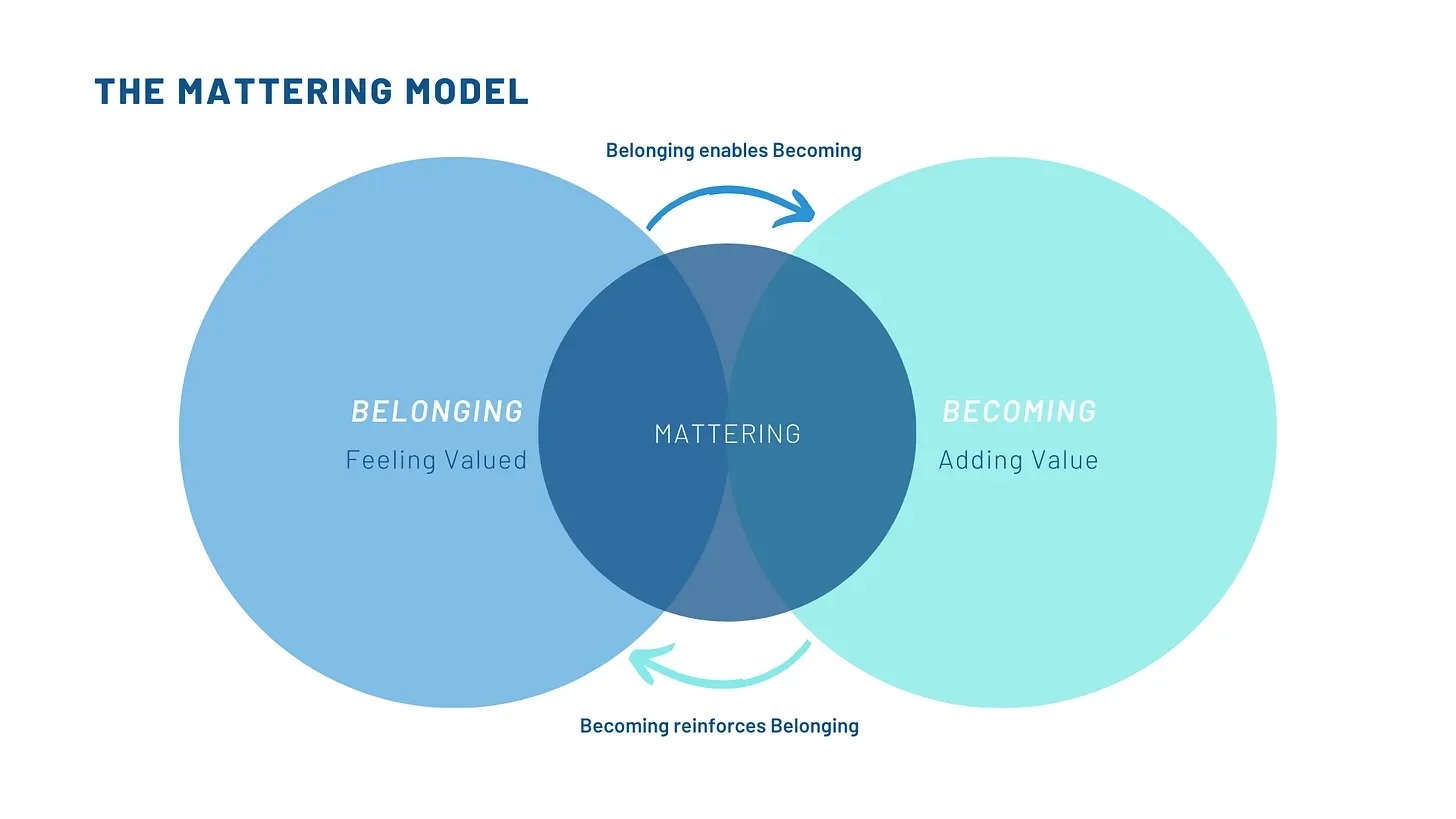Making it real: Turning belonging and mattering into daily practice
by Mohamed Abdallah
Regional Director for the South West
The Reach Foundation
I recently had the pleasure of speaking at the Confederation of School Trusts’ 2025 conference, themed ‘Flourishing’. It was a privilege to share a panel with Stuart Kime from Evidence Based Education and Paul James, CEO of the River Learning Trust, chaired by Leora Cruddas. Our discussion centred on building cultures of belonging and what lies beyond.
What struck me most was how much agreement there was on one simple truth: children cannot flourish unless they feel they belong. Beneath the technical and policy debates sits a moral imperative: to ensure every person in our schools feels seen, valued, and part of something bigger than themselves.
Beyond belonging: the idea of mattering
When I spoke on the panel, I introduced the idea of mattering—a concept that sits alongside, and perhaps beyond, belonging. Research shows that when we feel important and significant to others, it becomes a key component of psychological well-being. The Harvard Study of Adult Development—an 85-year longitudinal study into happiness—found that close relationships, those that give us a sense of being important to others, are the strongest predictors of a good life.
The concept of mattering comes from Nancy Schlossberg, who defined it as “the feeling of being noticed, needed, and important to other people.” She argued that people need to feel they count, belong, and matter to avoid marginalisation. That word, marginalisation, feels crucial. Because when we talk about mattering, we’re often talking about those who have been underserved—those who feel unseen or insignificant.
Schlossberg identified four dimensions of mattering:
Attention: Someone notices me.
Importance: I am significant, not invisible.
Dependence: Others rely on me.
Missedness: If I disappeared, someone would care.
That last one, “Would it matter if I wasn’t here?”, is a question that, when left unanswered, can shape a person’s entire experience of school, work, or community life.
From belonging to contribution
Belonging, inclusion, and mattering are interconnected yet distinct. Belonging is being invited to join the team. Inclusion means you get to play. Mattering is knowing you’re an important player—valued not only because you believe it, but because others reflect it back to you.
Psychologists Isaac and Orla Prilleltensky put it most clearly: mattering is about feeling valued and adding value. These two components are inseparable and mutually reinforcing. Feeling valued is about being seen and respected; adding value is about being empowered to contribute and to know that what you bring makes a difference. Together, they create the loop that drives wellbeing and engagement.
Sometimes this work is dismissed as “soft”—less rigorous than the technical dimensions of school improvement. I’d argue the opposite. The absence of mattering carries a profound cost. When people don’t feel they belong, they withdraw. When they can’t add value, they stagnate. And when they don’t feel they matter, they feel humiliated or worthless.
No leader would be comfortable with anyone in their community—pupil or colleague—feeling that way. That’s why mattering isn’t peripheral; it’s moral.
The Mattering Model: Belonging + Becoming = Mattering (via Drawbridge Collective)
Measuring what matters
People often ask, “What’s the evidence that mattering improves outcomes?” The truth is, we already know more than we realise. Studies consistently show that when children feel seen, heard, and significant, engagement rises, motivation strengthens, and well-being improves.
But even if the data were inconclusive, the question remains: Would we be comfortable leading schools where people feel invisible or unimportant, so long as the academic results are strong?
There’s a deeper moral duty here to ensure that those in our care, those we lead, and those we serve experience dignity and belonging; to make sure they are part of the journey, not passengers on it.
From concept to practice
At The Reach Foundation, my colleague Jon Hutchinson and I have launched Culture That Connects, a six-month programme exploring exactly this question: if we deliberately cultivate cultures of belonging and mattering, what outcomes emerge?
We’ve begun collecting baseline data from nearly a thousand pupils across participating schools, exploring six domains: whether children feel safe, known, valued, successful, seen, and able to contribute. In six months, we’ll return to see what has changed and how leadership practices have shaped that change.
Culture That Connects aims to move this work from the conceptual to the practical, helping leaders translate belonging and mattering into everyday leadership practice. By the end of the programme, we’ll be able to share what difference it made, and shine a light on the leaders building schools where everyone, truly, matters.
This work is always evolving, and we’re learning alongside others. If you’d like to explore how belonging and mattering could take shape in your setting, or hear more about Culture That Connects, you can reach Mohamed at mohamed.abdallah@reachfoundation.org.uk.


